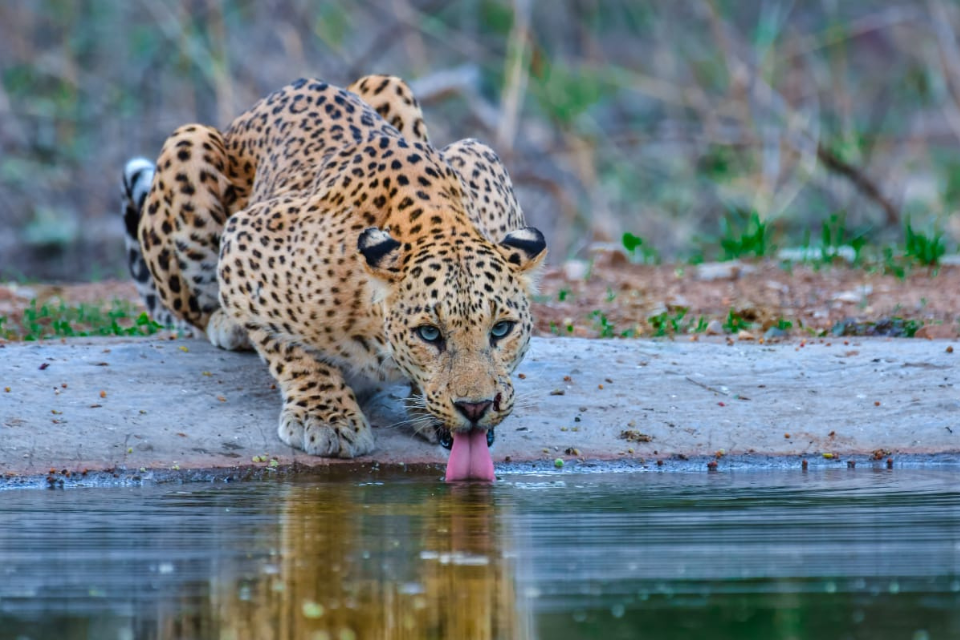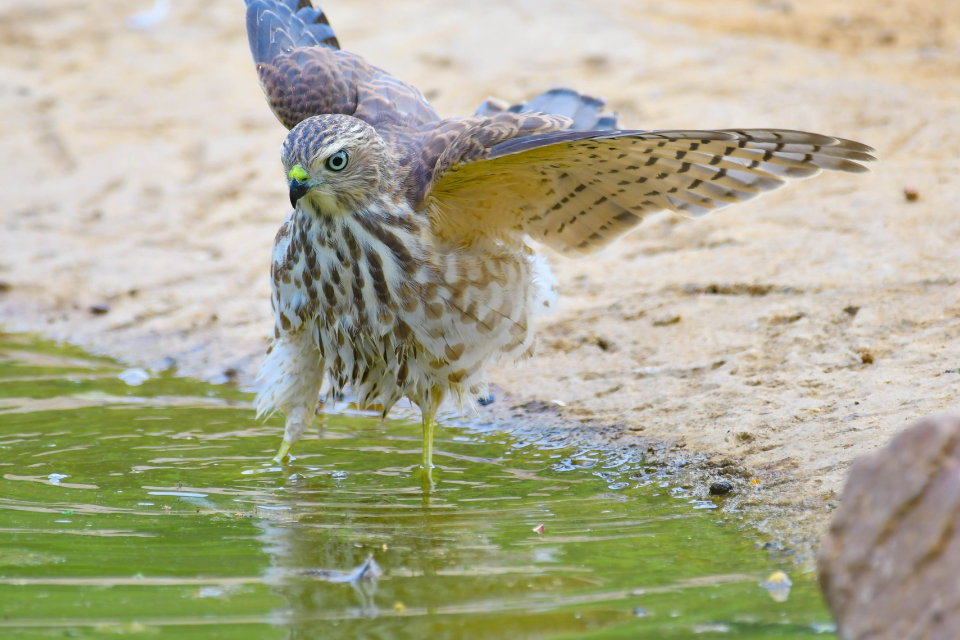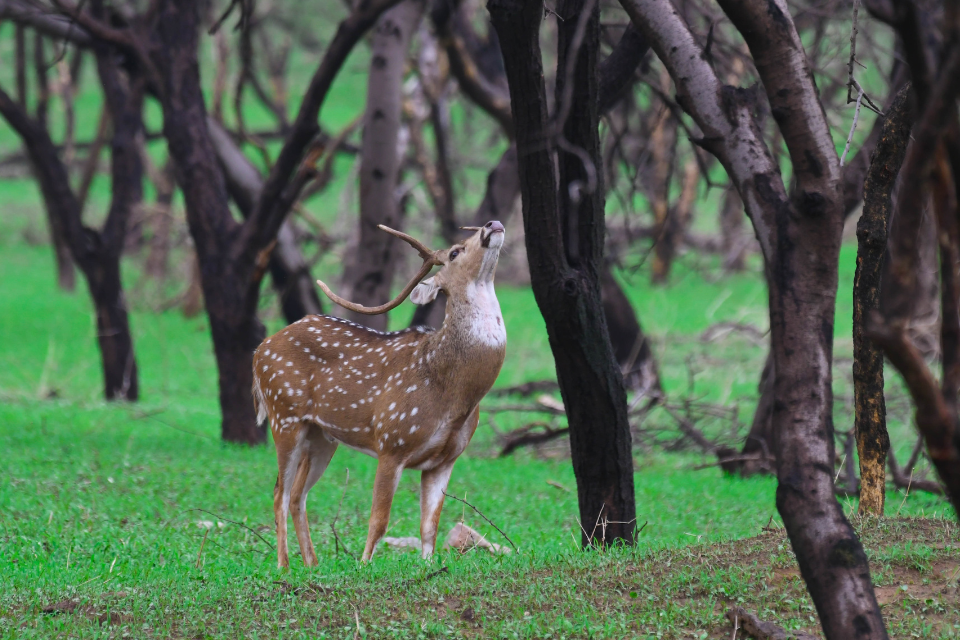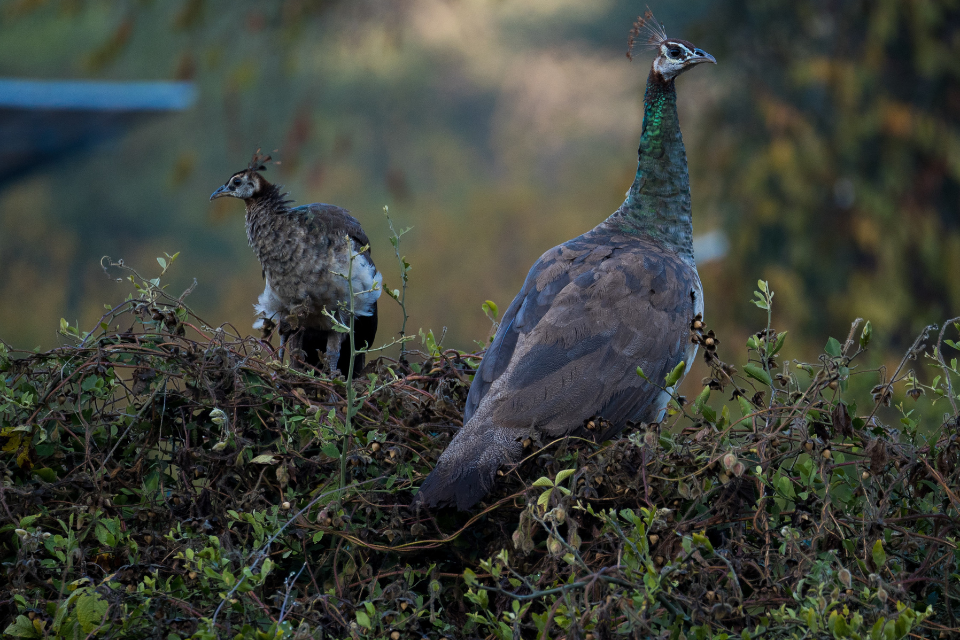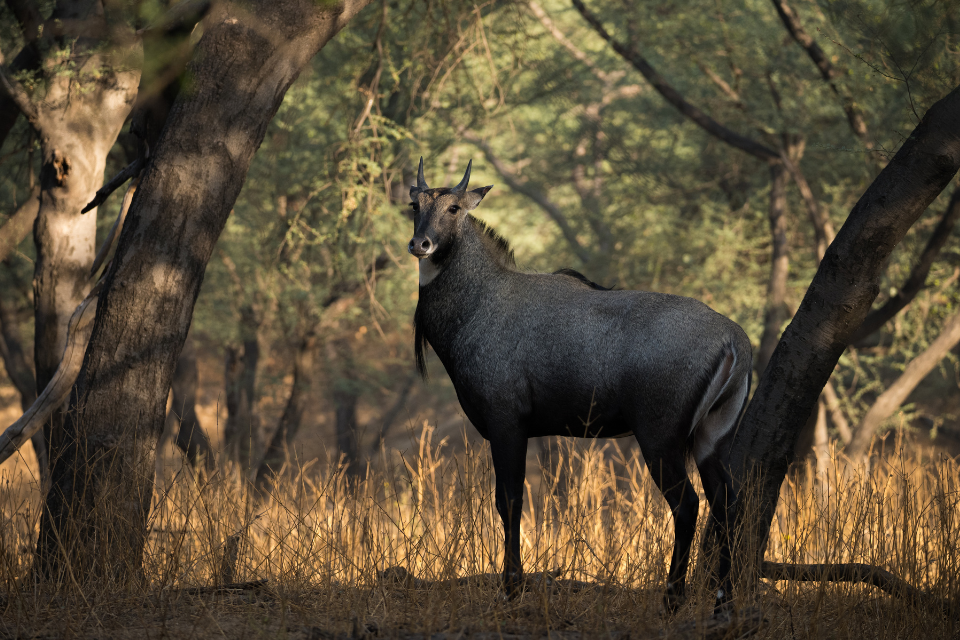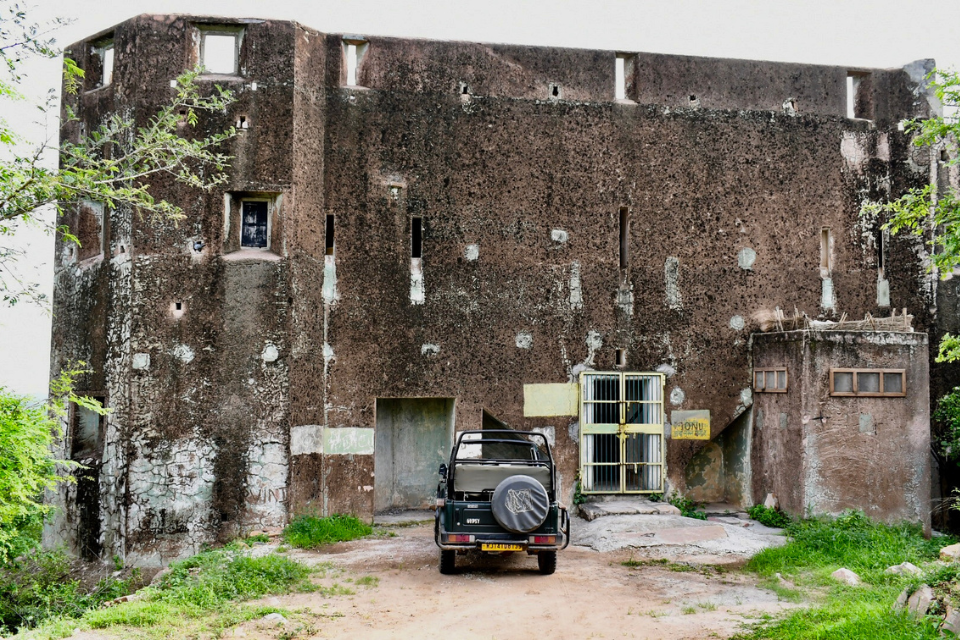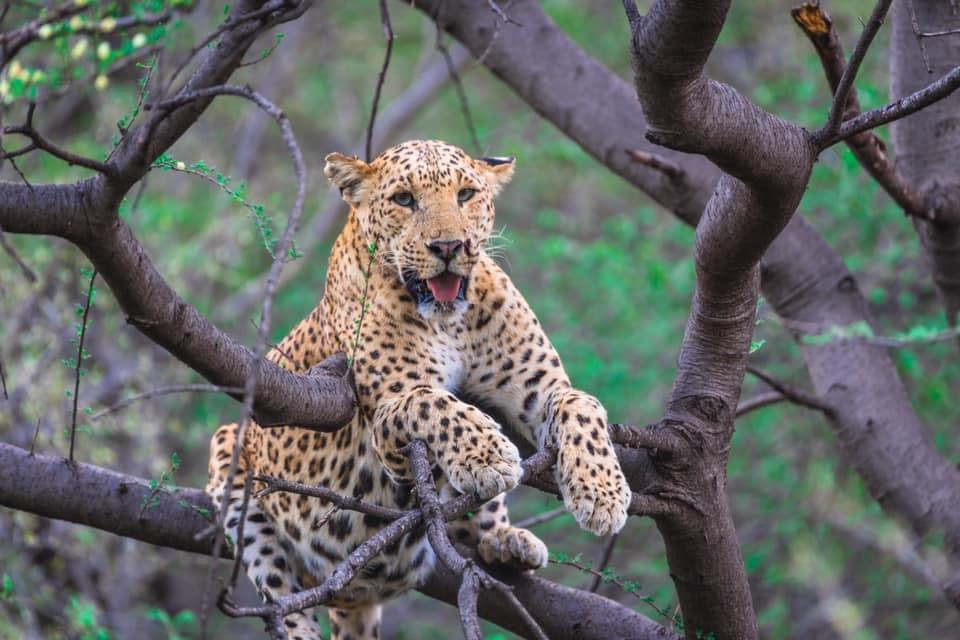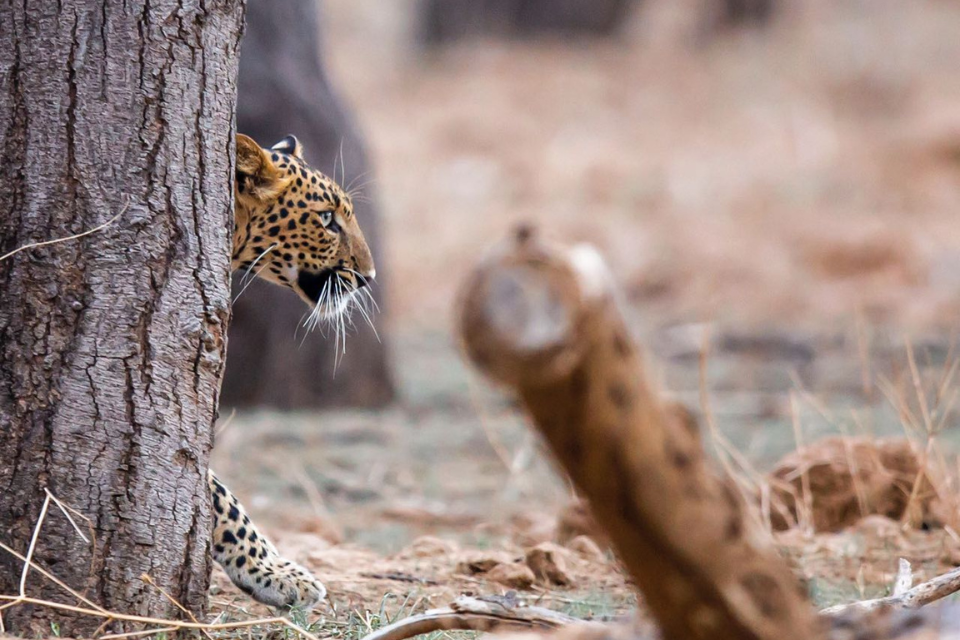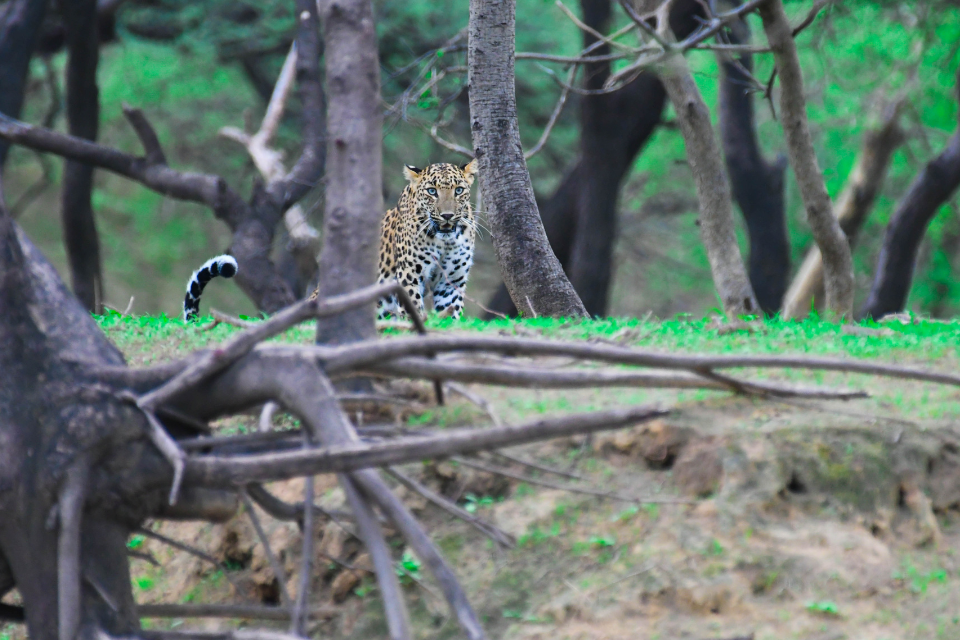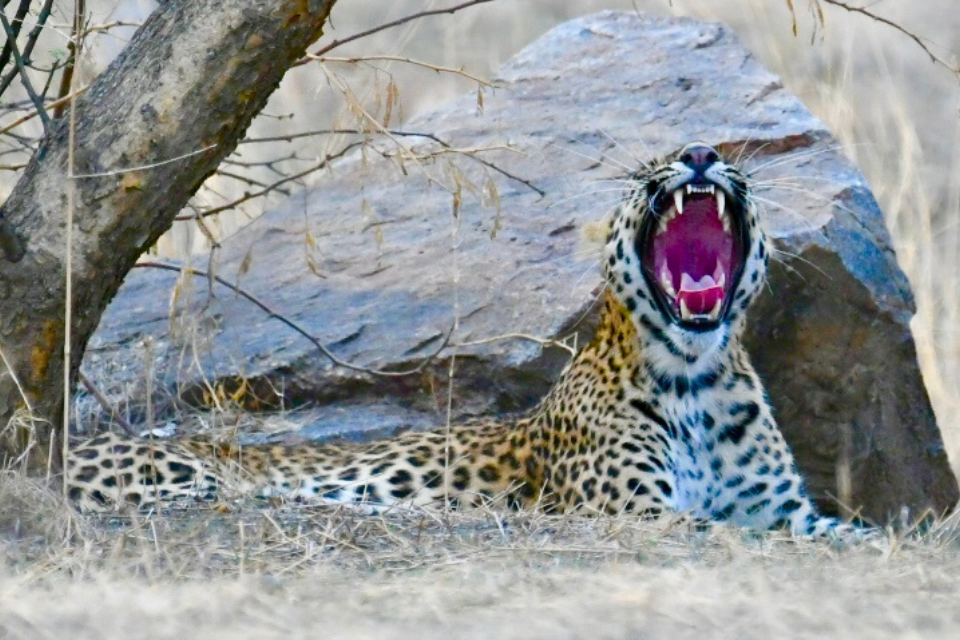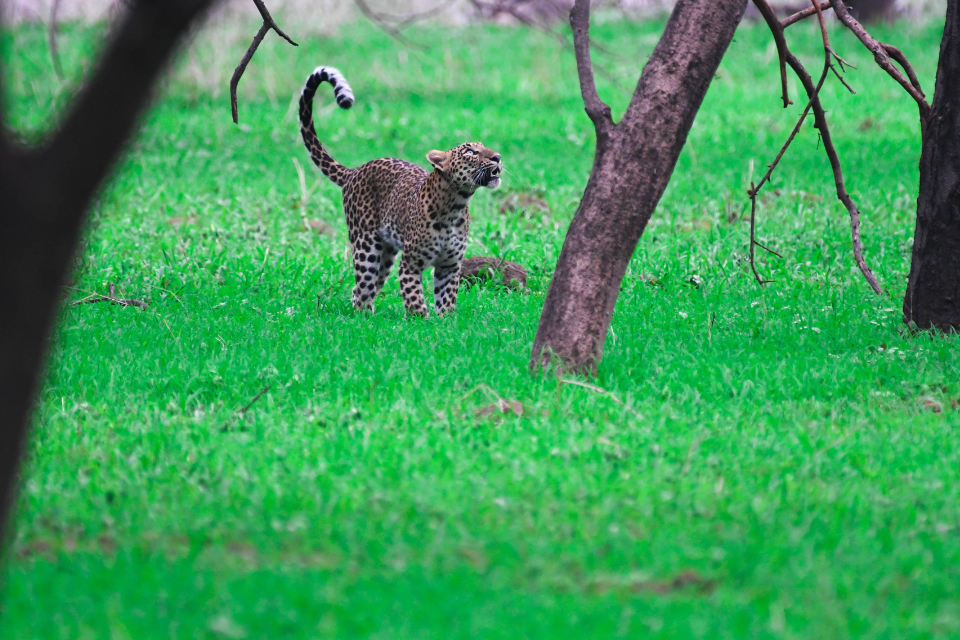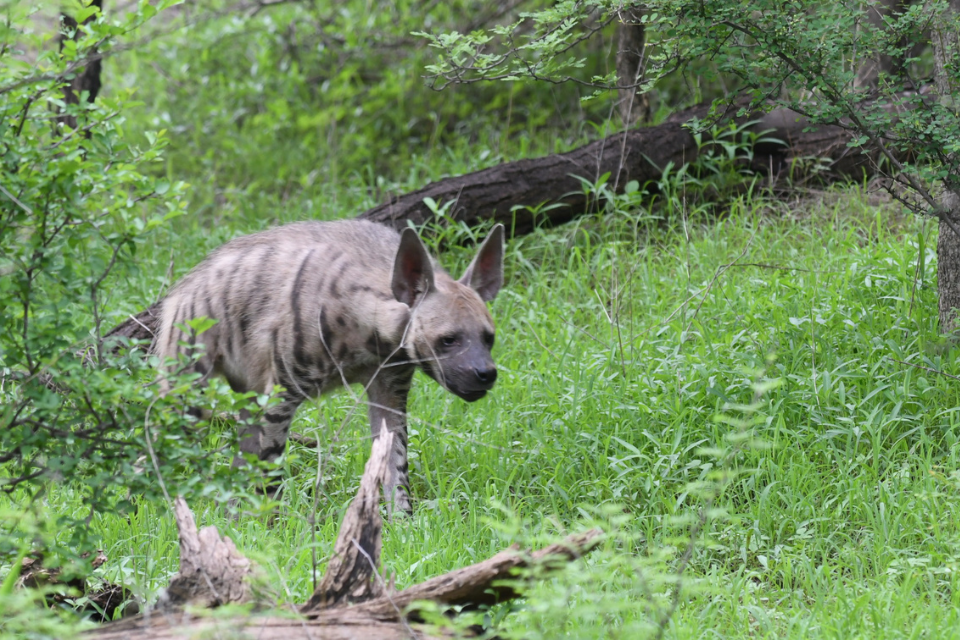- December 7, 2024
The Untold History of Jhalana Forest: Jaipur’s Hidden Wilderness
The Jhalana Forest Reserve, known today as Rajasthan’s first leopard reserve, is not just a wildlife sanctuary—it’s a living repository of history. Nestled within Jaipur’s expanding urban sprawl, this forest has evolved from a royal hunting ground into a thriving haven for leopards and countless other species. Behind its lush greenery and vibrant ecosystem lies an untold story of transformation that reflects the cultural and environmental heritage of Jaipur. Today, it is most renowned for its leopard safari in Jaipur, attracting wildlife enthusiasts and conservationists alike.
The Early Days: A Royal Hunting Ground
During the era of Jaipur’s maharajas, Jhalana served as a private hunting ground. The royals and nobles would venture into its wilderness in search of game, including leopards, deer, and other wild animals. Hunting was considered both a sport and a display of power, and Jhalana’s dense forest provided the perfect backdrop.
Significance in Rajput Culture:
- Hunting expeditions were a key aspect of Rajput traditions, often tied to festivals and royal celebrations.
- The forest was maintained as a royal estate, ensuring an abundance of wildlife for these expeditions.
Wildlife Under Threat:
- Over time, excessive hunting began to deplete the forest’s animal population, raising concerns about its long-term sustainability.
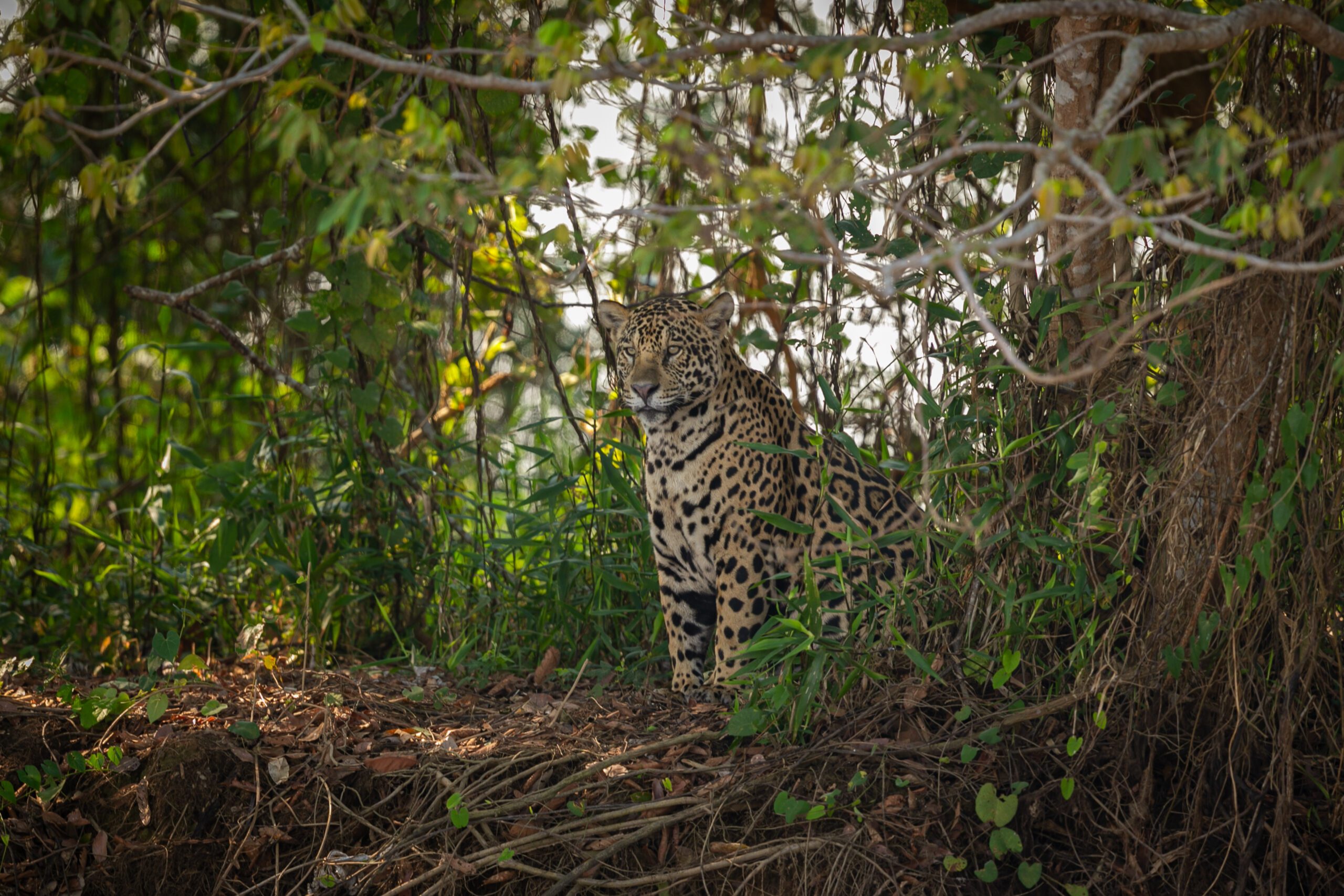
The Shift to Conservation
By the mid-20th century, India’s attitude toward wildlife began to change. The enactment of the Wildlife Protection Act in 1972 marked a turning point, prioritizing the conservation of endangered species and their habitats. Jhalana was designated a reserve forest in the 1960s, and hunting was strictly prohibited.
Government Intervention:
- The Rajasthan government took steps to protect Jhalana’s ecosystem, including fencing parts of the forest and regulating human activity.
- Leopards, once hunted, were now under state protection, allowing their population to recover.
Community Involvement:
- Local communities were encouraged to participate in conservation efforts, fostering a sense of responsibility and pride in preserving Jhalana’s natural heritage.
Becoming Rajasthan’s First Leopard Reserve
In 2017, Jhalana achieved a significant milestone when it was declared Rajasthan’s first leopard reserve. This recognition was a testament to decades of conservation work and the forest’s unique ability to support a high density of leopards within an urban setting. It also marked the beginning of the leopard safari in Jaipur, which quickly became a popular activity for visitors.
Leopard Population:
- With over 30 leopards in a 20 sq. km area, Jhalana boasts one of the highest concentrations of leopards in India.
Role of Eco-Tourism:
- The introduction of leopard safaris brought controlled tourism to Jhalana, creating a sustainable source of revenue for conservation efforts.
Jhalana’s Untold Stories
Legends of Leopards:
- Local folklore often speaks of the mystical nature of leopards, associating them with strength and agility. These tales add a layer of intrigue to Jhalana’s wilderness.
Tribal Connections:
- The forest was once home to indigenous tribes who lived in harmony with its ecosystem. Their knowledge of the forest and its animals has been passed down through generations.
The Spiritual Connection:
- Jhalana is dotted with ancient temples and shrines, many of which are still frequented by locals. These sacred sites are a reminder of the forest’s cultural significance.
Jhalana’s Role in Urban Conservation
Jhalana’s unique location within Jaipur’s urban landscape poses both challenges and opportunities for conservation.
Challenges:
- Encroachment: The expansion of Jaipur threatens to shrink Jhalana’s habitat.
- Human-Wildlife Conflict: With leopards occasionally venturing into residential areas, managing coexistence is an ongoing effort.
Opportunities:
- Educational Programs: Jhalana serves as a living classroom for students and researchers studying urban wildlife.
- Tourism Revenue: Leopard safari in Jaipur generates funds that are reinvested in conservation projects.
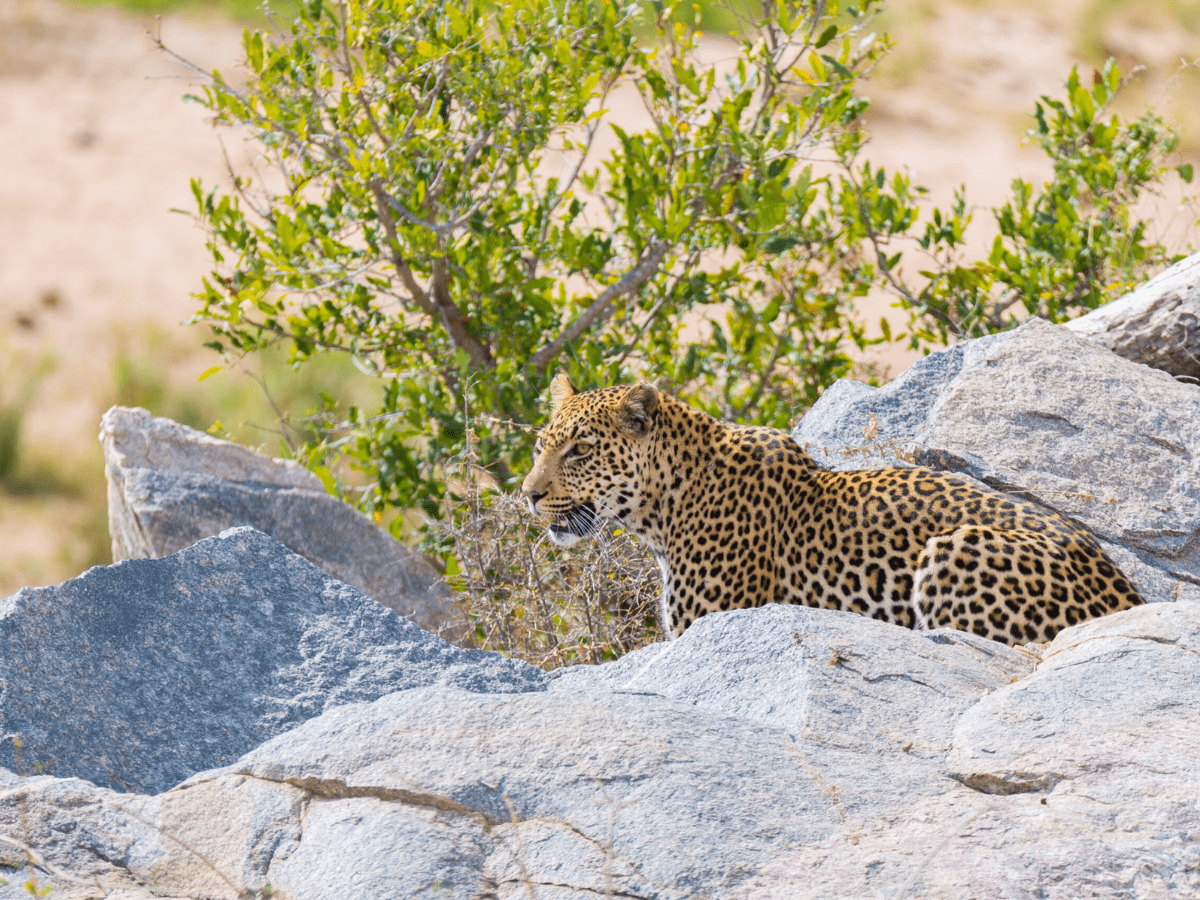
The Future of Jhalana
To ensure Jhalana’s survival, long-term conservation strategies are being implemented:
Wildlife Corridors:
- Plans are underway to create corridors connecting Jhalana to nearby forests, allowing animals to move freely and avoid human conflict.
Enhanced Monitoring:
- Technology like camera traps and drones is being used to track wildlife activity and ensure their safety.
Community-Based Conservation:
- Programs involving local residents aim to foster coexistence and reduce conflicts.
Visiting Jhalana Today
Leopard Safaris:
- Safari tours offer a glimpse into the forest’s rich history and thriving wildlife. The leopard safari in Jaipur is a must-experience for anyone visiting the city.
Nature Walks:
- Explore Jhalana’s hidden trails and discover its diverse flora and fauna.
Cultural Sites:
- Visit ancient temples within the forest, adding a spiritual dimension to your trip.
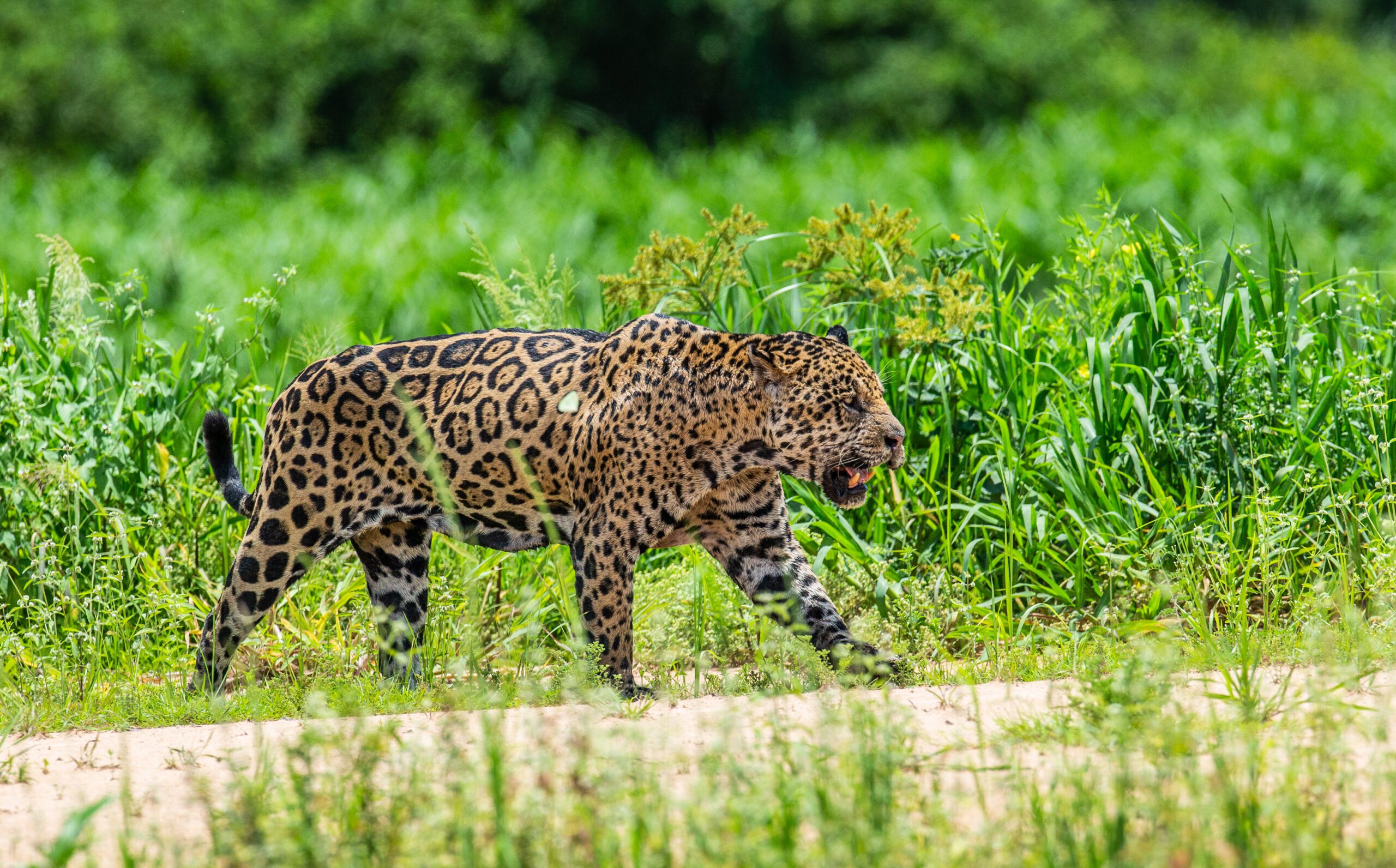
Conclusion
Jhalana’s transformation from a royal hunting ground to a thriving leopard reserve is a remarkable story of conservation and coexistence. It stands as a beacon of hope for urban wildlife across India, proving that nature can flourish even in the heart of a bustling city. The leopard safari in Jaipur offers more than just a wildlife adventure—it’s a journey through history, culture, and the resilience of nature.
Disclaimer All images used in this blog are either sourced from public domain or credited to their respective owners. If you are the copyright holder of any image and wish to request its removal or proper attribution, please contact us at [email protected]



